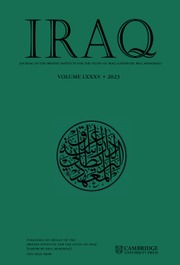Introduction
The ruins of the city of Hatra lie in northern Iraq in a semi-desert area c. 110 km southwest of the modern city of Mosul and 70 km to the west of Ashur, the first capital of the Assyrians. Hatra was a capital of an Arab kingdom known in Aramaic inscriptions as Arabaya, the country of the Arabs, because Arab tribes lived, defended and were buried there. Hatra held a strategic location controlling trade and military routes parallel to the Tigris and Euphrates rivers. A minor route leads to the city, therefore it is not considered to be a caravan city. Its early rulers called themselves mrya, or ‘majordomo’, and subsequently they acquired the title of ‘king’, among them Sanatruq I, Abdsmya, and Sanatruq II. The importance of the city increased over time because of its formidable defence against the Roman armies led by Trajan in 116/117 A.D. (when Nsru mrya was the Hatrene leader) and by Septimius Severus in 198/199 A.D. (when Abdsmya was ruling). Hatra was well-known to classical writers, such as Dio Cassius and Herodian, as the only city that stood against the attacks of the Roman emperors.
The excavations at Hatra have uncovered more than 500 inscriptions written in Aramaic, which was its official language. Hatra was unique in many cultural aspects. In architecture, the Hatrenes’ favourite element was the iwan, and they also used every available type of vaulting system. In sculpture, thousands of statues and reliefs were discovered during the excavations; they followed the rule of frontality, with very few exceptions. The deities of the Hatrene religion were an amalgam of deities of varied origins, derived from older Mesopotamian, Greek, Arab, and other traditions, but the gods, both supreme and minor, were designated by their own specific appellatives. The favourable circumstances of Hatra's flourishing ceased when Ardashir I, the Sassanid, put an end to the Parthian Empire in 227 A.D. and made an abortive attempt to seize Hatra. His son Shapur I managed to capture the city in 240/241 A.D. in spite of its allegiance with the Romans. However, the city was not completely abandoned, since dwellings persisted in certain parts, especially at the circuit wall and areas around it. Al-Dhaizan, as the Arab writers related, was a chief of the Hadramite tribe who took advantage of weakness in the Sassanid rule to occupy areas that were previously Arab territories, like Kadhima, Bahrain, and the Jazera. He settled in Hatra and claimed himself as the king of the Jazera and the Levant. However, the power of the Sassanids was restored by king Shapur II, son of Hormozd II, who laid siege around Hatra and captured it in 327 A.D., and when Ammianus Marcellinus passed by it in 363 A.D., he said it was deserted.
This paper deals with three specific aspects which are important and of interest to Hatrene scholars, to further the understanding of particular details of the history of Hatra and of deities that were Hatrene par excellence. In addition, the last aspect discussed suggests a possible solution to two enigmatic horned statues that excavators have labelled ‘unknown deities’. The concept behind these two statues is not unknown in Mesopotamia but was revived in the Hellenistic period, when dead kings were worshipped by their families and followers.
Historical Aspects
In writing accounts of the history of the city of Hatra, we encounter an enigmatic episode in the first century A.D. regarding the rule of Wrwd mrya, whose name was engraved on the wall of the Great IwanFootnote 1. Wrwd is thought to be either a younger brother or eldest son of Nšryhb marya, who had initiated the rule of maryas at HatraFootnote 2. He was seemingly followed by Nşru mrya, known from inscriptions, who embarked on a large-scale building programme, which covered not only the building of the Great Iwan (Temple Complex)Footnote 3, but also the small shrines, the principal military circuit wall, main gatesFootnote 4, and the northern wall of the Great Temple. Nşru mrya left his image carved in relief on the lintel of the main entrance of shrine Iššarbel (V) (Fig. 1), where he is shown reclining on his left side, holding a victory cup in his left hand, with his name inscribed close to his headFootnote 5. This image is flanked by two winged Nikes, each holding triumph wreaths in their hands. Parts of a reclining figure were also found in the entrance area of the North Gate, where a number of inscriptions related to him were also discoveredFootnote 6. Apparently, he fortified the city's defenses, as is clearly shown in the main North and East Gates of the wall as wellFootnote 7. He also left his name inscribed in many dedicatory inscriptions, in which he is titled ‘by’ rb' ‘the great father’, and ‘pkl’ rb' ‘the chief priest’, of the cityFootnote 8.

Fig. 1 Lintel with image of reclining Nsru from the entrance of the Iššarbel Shrine (V) at Hatra
At the East Gate, a very important and beautifully carved life-size male statue was unearthedFootnote 9. The statue has elaborate hair-do and a tunic embroidered with images of gods; he is portrayed carrying a statuette of an eagle, a symbol of Mrn/Šmš, the great god and protector of Hatra. He is also bare-footed, which is a distinguishing feature restricted to priests, clergymen, and some of the rulers or kings of Hatra, to show their utmost respect to their religion and gods. This statue thus depicts a ruler with the highest rank of ecclesiastical superiority. The title apkla raba, ‘chief priest’, is thus suitable for the portrayed person, and this statue very well could be of Nşru himselfFootnote 10. He was responsible for the construction of a large edifice with the triple iwan appearance, for he left two images of himself carved on the voussoirs of the arch of the Western Iwan, one showing him as a beardless young man, while in the other he appears with a shadowy beard. His name is inscribed beneath the two imagesFootnote 11. This temple was labeled by archaeologists as the Temple of the Triad, for the reliefs of the three major Hatrene gods, Mrn, Mrtn, and Brmryn, were found behind the buildingFootnote 12. Furthermore, a number of inscriptions citing his name were also discovered, which testify to his architectural activities in building this templeFootnote 13. The construction of the northern wall and the adjacent entrance of the Great Temple complex were attributed to him, as one of his grandsons testified in an important inscriptionFootnote 14. Shrines Iššarbel (V)Footnote 15 and Hercules-Nergal (X) were also built by Nşru Footnote 16.
During his reign, he led the Hatrenes and allied Arab tribes in their formidable defenses against the Romans, the most powerful army at that time, commanded by Emperor Trajan himself. The Romans besieged the city and Trajan's soldiers attacked the defensive wall, but they failed to capture itFootnote 17. He commemorated his victory over Trajan and the Romans in a relief on the entrance lintel of Shrine Iššarbel (V)Footnote 18.
Who really was Nşru? Numerous inscriptions testify that he was the son of Nšryhb marya Footnote 19 and father of Sanatrug, the first king of HatraFootnote 20. The question remaining is what was his relationship to Wrwd? I suggest that Nşru and Wrwd are the same person and that Wrwd himself was endowed with the honorable ‘epithet name’ Nşru, which means the winner or defender, protector or guardian. This new epithet name was bestowed due to the tremendous deed of courageous and formidable resistance that he and his people had taken against Trajan and his army. Thereafter, he was known by his honorable bestowed name, and he has left us numerous inscriptions using that epithet name, as have also his successors, such as King Sanatruq I, as well as his grandsons, including ‘bdsmy’, son of Sanatrug IFootnote 21, and ‘bdlh’, son of Tpşr' Footnote 22.
Iconographic Aspects: Zqyqa, Hatrene God of Underworld
During the first season of excavations at Hatra, the excavators concentrated their efforts on revealing the plans, architecture and the furnishing of certain small shrines located outside the Great Temple complexFootnote 23. The excavations were extended to include fourteen such shrines, all located around the central temple complex. In Shrine I, important reliefs were discovered including those depicting Šmš, the Eagle, and Smy’, the standard, along with related inscriptions. However, another significant relief was found built in the wall of the niche, with its own incense-burner in front of itFootnote 24. This relief depicts a fierce looking god, a smaller statue of a seated goddess, and a representation of Smy’ with the usual seven elements (Fig. 2).
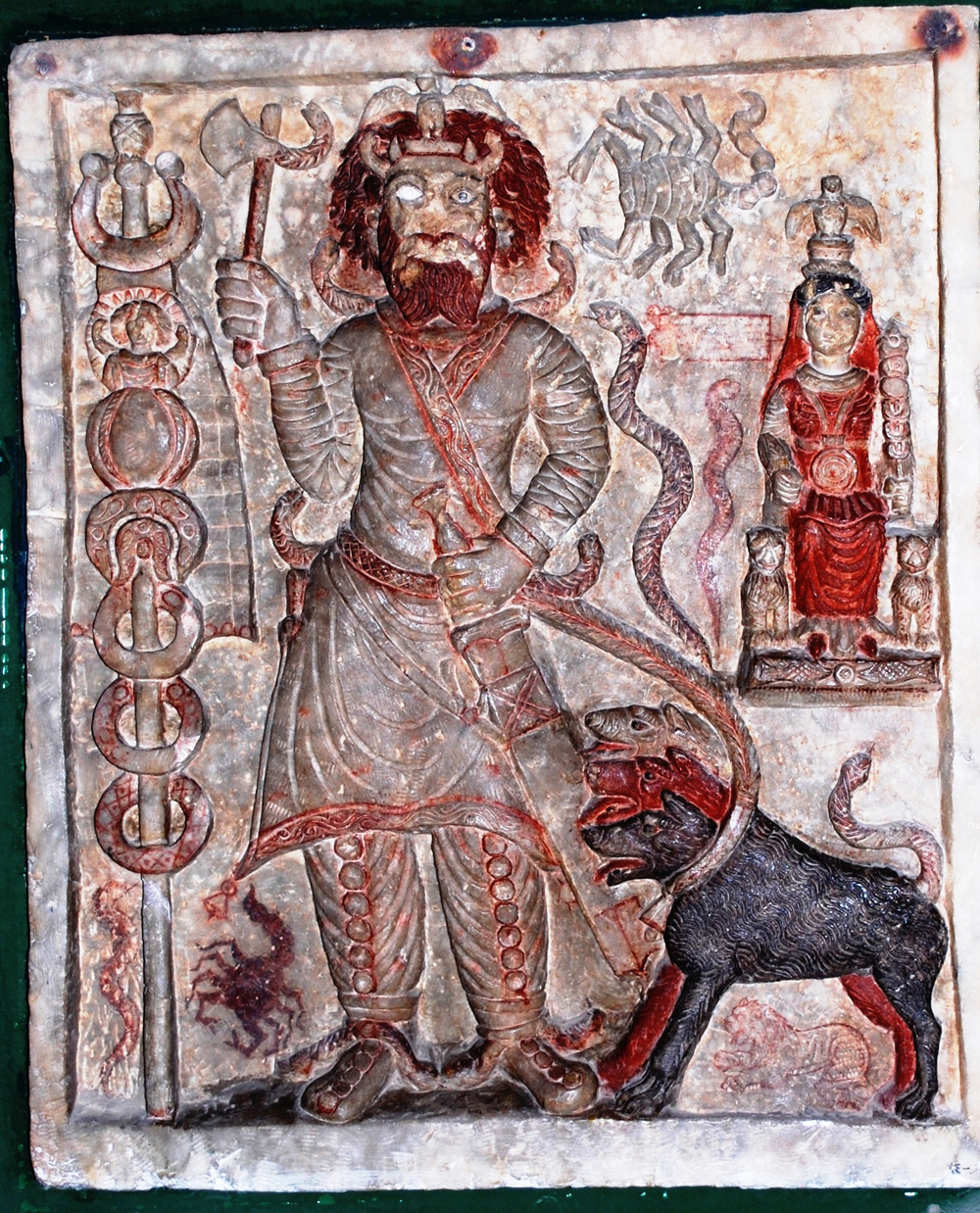
Fig. 2 Cerberus Relief with God of the Underworld, from Shrine I at Hatra
The central figure grasps the leash of Cerberus, the three-headed dog that guards the entrance of Hades in Greek mythology. The slab also shows a number of snakes and scorpions executed in both carving and painting. The figure raises his right arm, holding an axe in his hand; one side of the axe is portrayed as the usual sharp edge, but the other side ends in a carved snake. These snakes and scorpions and the general appearance of the god indicate that it represents a god of the underworld. The excavator identified the figure as a representation of Nergal, the Mesopotamian god of the underworld since the Sumerian period (third millennium B.C.), and this interpretation is supported by many scholars, even though the name of Nergal was not mentioned as such in the inscriptions found at the shrine. In the same excavation season, Shrine II was also uncovered and a limestone incense burner was discovered (Fig. 3). It apparently was fixed to a wall; its front side has a relief of a horned god, carved frontally and grasping two snakes in his raised left hand, while in his right hand, which is also raised, he brandished an axe which ends in a snakeFootnote 25. This figure is very similar in attire and attributes to the relief found in Shrine I, therefore the god was also identified as Nergal by the excavators. However, the left side of the incense burner has an inscriptionFootnote 26, which is translated as: “May Gdyhb son of Nšry son of ‘g’ and ‘bs’ son of ‘bdnrgl’ the bleacher his friend be remembered favorably before Zqyq’ and also be remembered favorably everyone who remembers this”.
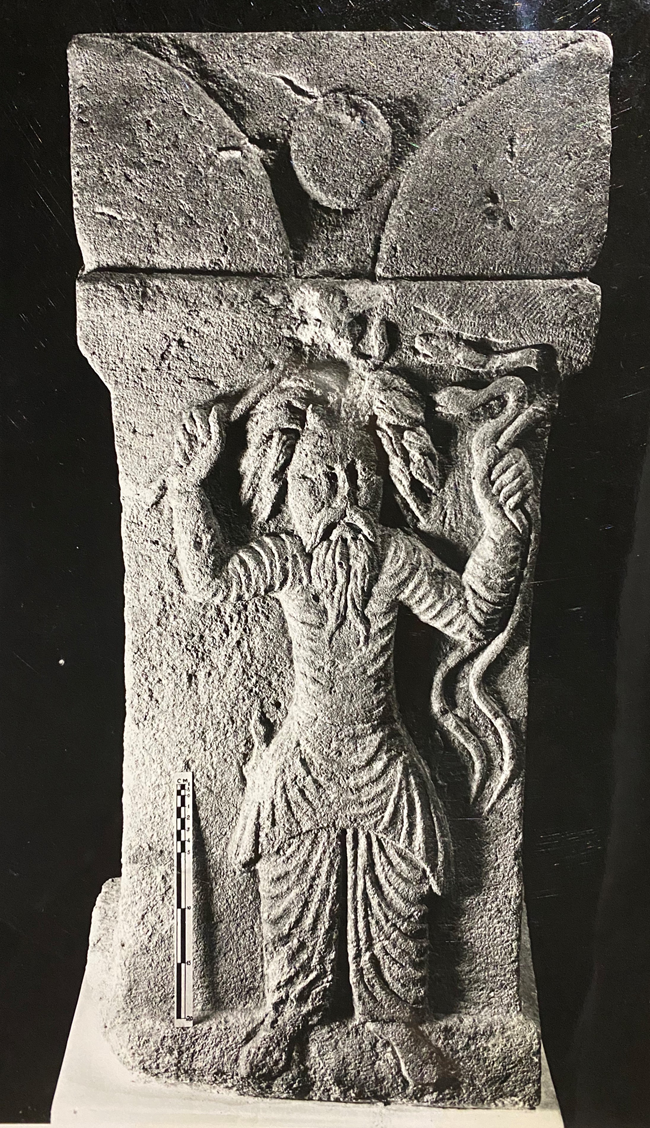
Fig. 3 Front side of limestone incense burner from Shrine II, with image of Zqyqa, God of the Underworld
We deduce from this inscription that there was a Hatrene deity by the name Zqyq’ and that this inscription identifies the portrayed god as such. The Cerberus relief also depicts a fierce looking deity with unruly hair, snakes and scorpions; the similarity to the relief of Zqyqa of Shrine II is striking. Therefore, both are gods of underworld by the name of Zqyqa, and the Hatrene pantheon names the deity that rules the underworld as Zqyqa not Nergal. Elsewhere, I have argued that Nergal is assimilated and identified with the nude Hercules, as evidenced from numerous epigraphical and iconographical testimonialsFootnote 27. These include the sculptures found in Shrine X and a statue of nude Hercules along with its identifying inscription, and the mention of the name of Nergal among the supreme gods of Hatra. This assimilation was supported by Segal: “A previous article by Dr. Wathiq Al-Salihi seems to provide the solution to a problem which has long vexed students of paganism in North-west Mesopotamia in the first centuries of the Christian era…The association of Nergal with dogs at Hatra was established by Professor Fuad Safar. Dr. Al-Salihi points to the assimilation of Nergal to Hercules at Hatra (as at Palmyra), and alludes to the cult of Hercules at Dura Europos and Palmyra in the Seleucid and Parthian Periods… Dr. Al-Salihi has supplied a link in the reconstruction of the pattern of paganism in Mesopotamia”Footnote 28. Safar and Mustafa, the first excavators of Hatra, concurred with this assimilation; however, this theory has been challenged by KaizerFootnote 29.
Further, according to Hatrene religious concepts, the draped Hercules is identified with Gnda, the God of fortune, as attested by numerous pieces of evidence. These include a statuette found at the north gate with identifying inscription, a relief discovered in the temple of Allat, also with a pertinent inscription, and the cult statue of Shrine XIII, among other reliefsFootnote 30. Apparently, the Hatrenes had their own local beliefs, named their deities accordingly, and assimilated them with deities derived from various origins, including Mesopotamian, Hellenistic, Arab and other contemporary cultures. In other examples, the Greek Athena, the virgin daughter of Zeus, was identified with “Iššarbel betl’”Footnote 31, the Joy of Bel, the Virgin. Bel is another name of Zeus. Likewise, the Arab Allat is assimilated to Nemesis, the Greek goddess of revenge and justice, for both of them show similar attributesFootnote 32.
As for Zqyqa, the Hatrene underworld deity is attested by additional indications. An alabaster statuette found in the Gnda of Rmgw Shrine (XIII) is a similar image to that on the reliefs described above, a god raising an axe in his right hand; a scorpion or snake appears next to him and an inscription is incised on its base that reads: sm'ny Zqyq’ or “Hear me Zqyq’” (Fig. 4). Here Zqyq’ must be the god portrayedFootnote 33. A stele made of Mosul marble was found during the excavations of the Gnda of Remw Shrine showing a relief of three deities, one female and two male, along with an inscription incised on the base, which identifies the portrayed figures as Gnyta, Aprtn and ZqyqaFootnote 34. Gnyta is an epithet of Atrata–Astarte, and the male figures, who were portrayed as armed guards, were associated with protecting and guarding of the caravans. On this relief, Zqyqa is portrayed as a guardian god with a staff, sword and shield. We deduce from the above evidence that the God of the underworld in the Hatrene pantheon is called Zqyqa, not Nergal, although he had the appearance and attributes of Nergal–Hades, and this deity was worshipped in Shrines I and II specifically.
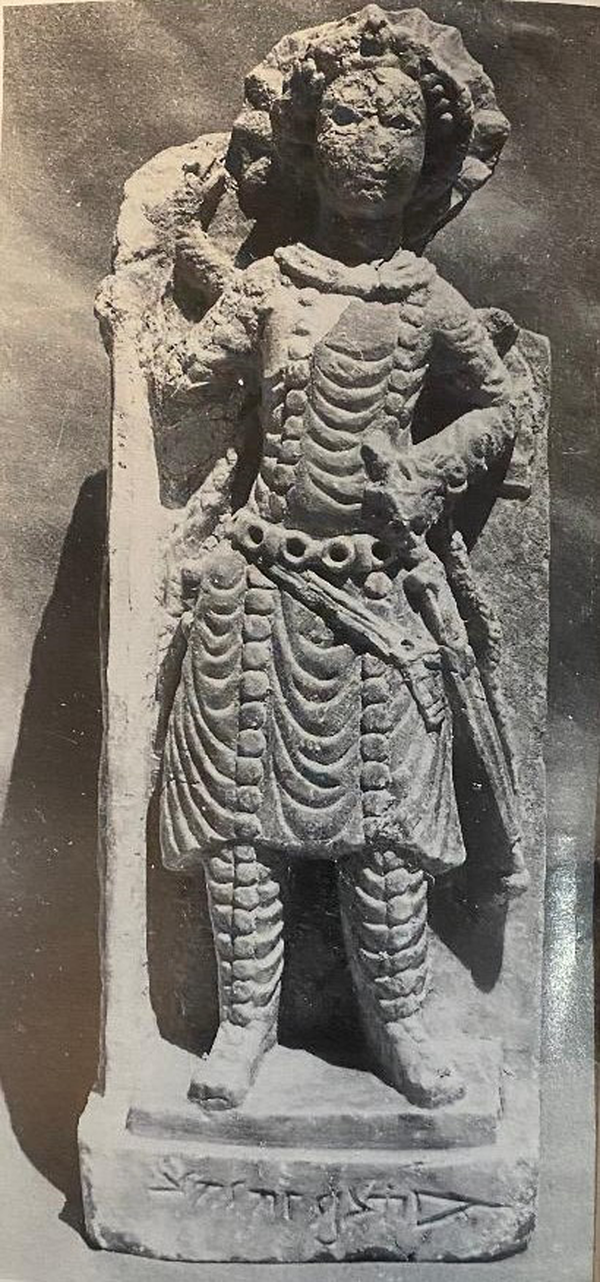
Fig. 4 Cult statue of Zqyqa from Shrine XIII at Hatra
Religious Aspects: The Statues of Knzy(w) and Hp'yzw
As mentioned above, the inhabitants of Hatra had their own beliefs and named their divinities accordingly, and artists carved them with their specific distinguishing attributes. Some of the deities were portrayed with a pair of horns adorning their foreheads as a sign of divinity, a practice known in Mesopotamia for millennia (for instance, the sun god Shamash at the top of the Law Code Stele of Hammurabi or the Naram-Sin relief from Susa), and a tradition that the Hatrenes inherited (see Figs. 2 and 3). The Hatrenes worshipped their deities in temples and shrines through prayers in front of their images, statues, and reliefs. Furthermore, they presented offerings to their ancestors as an indication of their venerationFootnote 35. This presentation of offerings was probably carried out during visits to their favorite deities in the small shrines, which were dedicated to various godsFootnote 36. However, the excavations discovered two enigmatic statues that could represent the concept of ‘veneration of ancestors’.
During the excavations of Shrine I in the spring of 1951, the excavators uncovered an enigmatic statue of a horned male figureFootnote 37 standing on a base with an Aramaic inscription, which reads ’Kyn Knzw(y) br ‘by br Knzw(y) dkyr Itb, or “Knzw(y) son of Knzw(y) (erected) may be remembered favorably”Footnote 38 (Fig. 5). A cult bank also records the name Knzw(y), along with two other inscriptionsFootnote 39. The statue is made of local Mosul marble and stands to a height of c. 70 cm. The body was found in the niche of Shrine I, while the head was discovered in the middle of the cella. In his left hand he grasps the hilt of a sword hanging down on his left side, while in his right hand he holds a (missing) spear, the lower end of which was placed on the statue base. He wears a knee-length tunic adorned with a horizontal and vertical design composed of discs. On his chest a shallow horse-shoe design was carved, which probably originally contained a precious stone. He wears a belt of large discs and a necklace composed of discs and beads. He wears a coat, the lapels of which are elaborately decorated. He wears sandals with laces tied above his ankles. His eyes are inlaid with ivory, and the pupils were made of black colored stones. His wavy hair is painted black, and over his forehead appears a pair of small horns, a sign of divinity.

Fig. 5 Statue of Knzw(y) from Shrine I at Hatra
Regarding the identity of this statue, the excavators labelled it as a statue of an unknown god; however, he is not a known Hatrene deity, even though he wears a pair of horns on his forehead, since he lacks other indicative attributes, such as a thunderbolt, bulls, lions, writing reeds, club, lion skin, fish, etc. For more clarity and consideration of this enigmatic statue, fresh light was shed when a statue similar in concept (Fig. 6) was found in the central courtyard of Building A, excavated by a team of the University of Turin in their first season of excavations at Hatra in 1987Footnote 40. It was originally c. 120 cm high but was found broken into many fragments. The right shoulder and arm are missing and also his right leg, foot and the corresponding parts of the base and related background. The left arm, which originally grasped a hanging sword hilt by the left hand, is also missing. To his left is a representation of Smy' (the Standard) with its usual elements, the last three are discs, inside of which are eagles with spread wings. He is clad in the Hatrene costume, which is composed of a knee-length tunic with trousers. He wears a necklace consisting of discs alternating with beads, and similar ornaments also adorn his belt. The front of his tunic is decorated with a series of eagles with spread wings, three on his upper body and three below his belt. The head is broken into at least three pieces. The ivory inlays of the eyes are missing. His head is dominated by rows of snail curls, with a pair of small horns on the forehead.
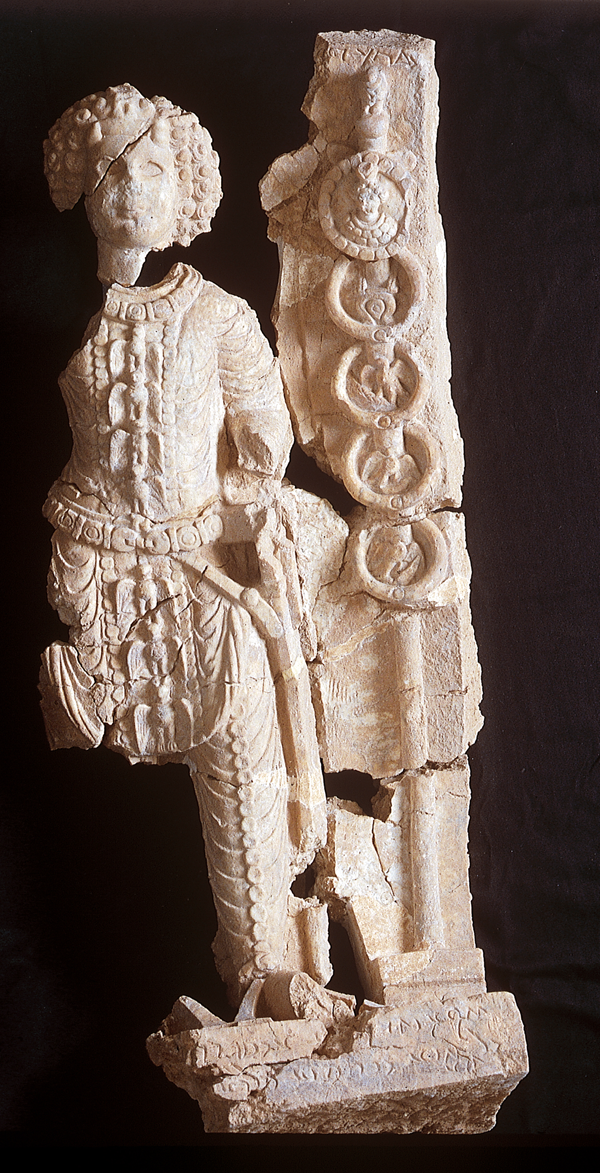
Fig. 6 Statue of Hapyzw from Building A at Hatra
The statue is incised with a line of Aramaic inscription; the remaining letters read “5X100 + 10 + 2 (512 Seleucid era = 200/1 A.D.) gd’…”; an additional inscribed fragment also found may belong to the upper line and reads “…mhrdt”. However, the statue base bears the following inscription: “1- hp'yzw K [mr]' ‘byd dk [t'..] 2- alhy’ ‘bsmy’ mlk'[… 3-n]ňr’”Footnote 41, “Hpazw, the priest, Abyd dk?, for the life of King Abdsmya…, the eagle”. The recording name of Hapyzw throws light on a hitherto ambiguous practice. This name was mentioned on at least three other Hatrene inscriptions. ‘Hapyzw son of zhrw’ was recorded twiceFootnote 42 and ‘bdsmy son of Hapyzw’ was recorded onceFootnote 43. Hapyzw could very well be the horned individual portrayed standing next to Smy’. Here he is deified and could be interpreted as a deified ancestor.
This statue was originally placed on top of a podium built close to the northern jamb of the iwan on the eastern side of of the main courtyard of Building AFootnote 44, which probably belongs to the household of Hapyzw in its last phase. A small hearth was discovered 96 cm in front of the podium, and “traces of fire were found all around the bench”Footnote 45. In addition to the statue, two Nikai statuettes were found in the area, which probably were placed on the podium and had a connection to the statue of Hapyzw. The location of the bench (podium), the Nikai, the hearth, and the remains of related ashes suggest that offerings were presented by the occupants of the house to the deified statue, which in turn transformed this location into a holy place, similar to a niche in small Hatrene shrine. Similarly, the statue of Kenzw was placed in a niche of Shrine I to be worshipped as an ancestral deity along with other divinities. To sum up, the two statues of Knzw and Hapyzw represent deified individuals, as evidenced from the small horns on their foreheads, and the contexts in which they were found indicate they were worshipped as deified ancestors, each with a practice within his own household.

